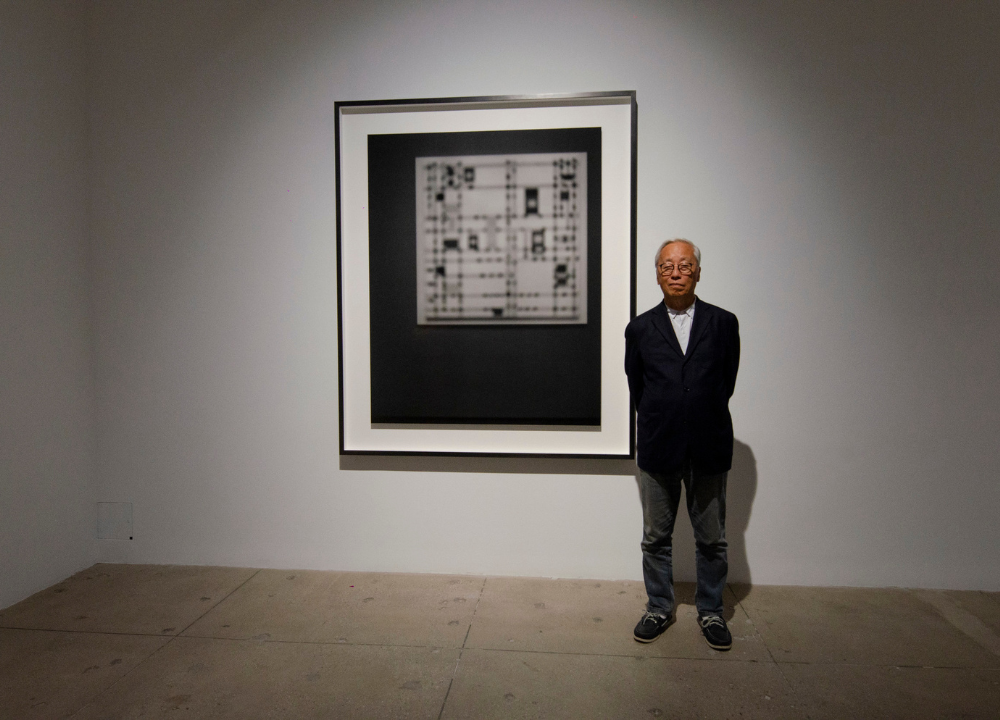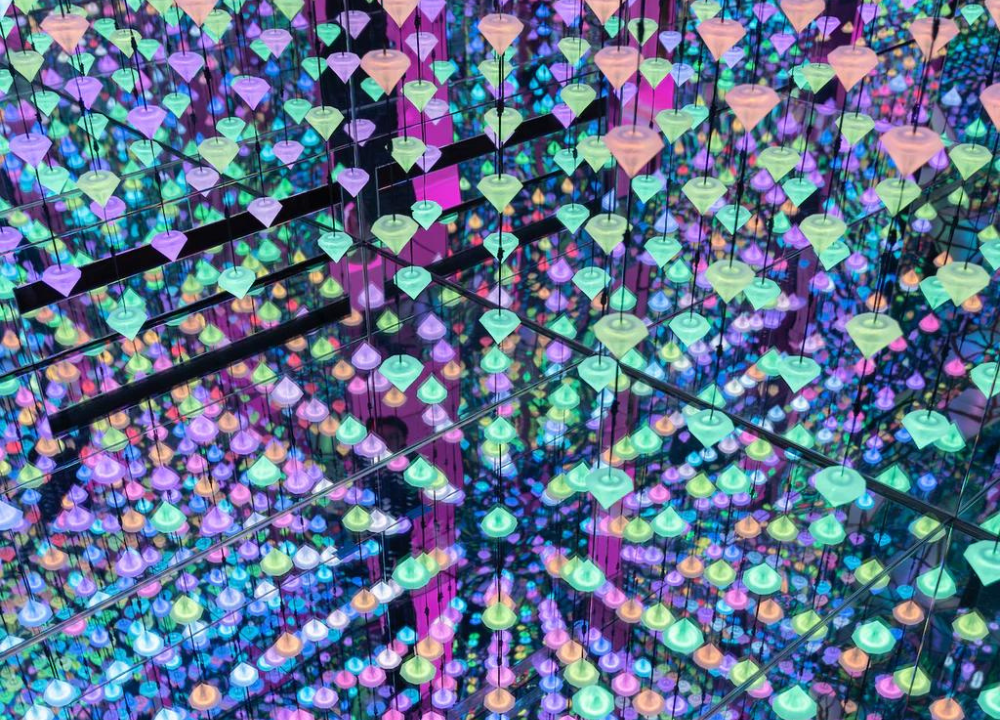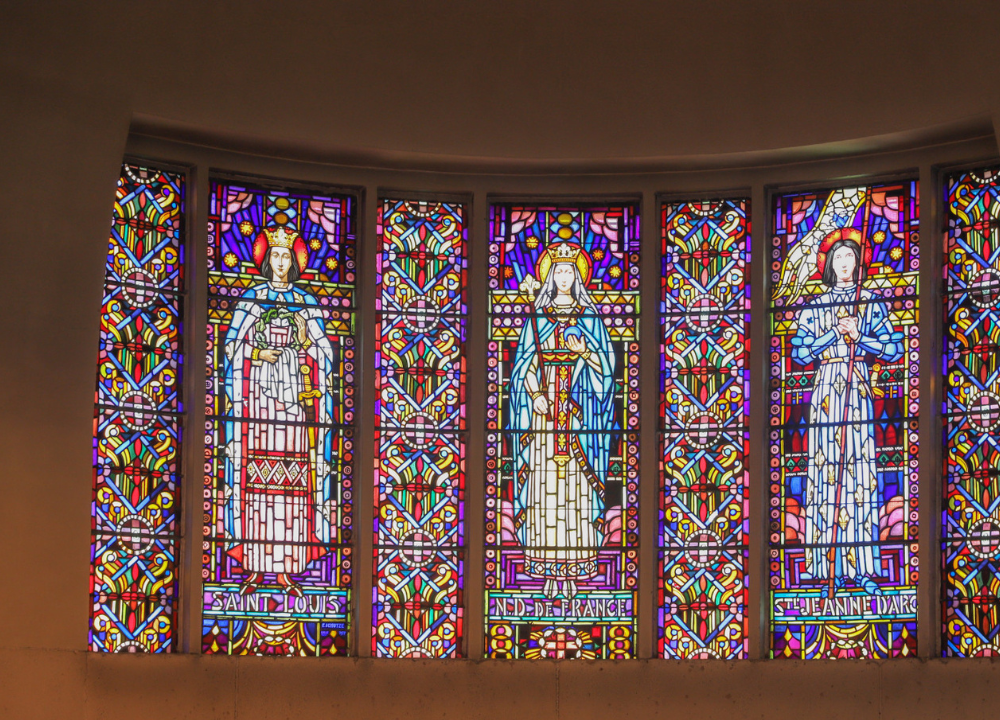Hiroshi Sugimoto’s artistic vision is focused on capturing the essence of time and space through his photography. In his work, he explores the relationship between the natural world and human history, often using long exposures and stark, minimalist compositions to create a sense of stillness and contemplation.
Sugimoto’s work has been exhibited in galleries and museums around the world, and he is widely regarded as one of the most influential photographers of his generation. In this deep dive, we will explore the themes and techniques that define Sugimoto’s work, and consider the ways in which his artistic vision has evolved over the course of his career.
Whether you are a seasoned art enthusiast or simply curious about the world of contemporary photography, this exploration of Sugimoto’s work is sure to fascinate and inspire.
Early Life And Influences
The early life and influences of Hiroshi Sugimoto played a pivotal role in shaping his artistic vision, laying the foundation for his exceptional career as a renowned photographer. Understanding the events and influences that shaped his formative years provides valuable insight into the development of his unique artistic perspective.
Childhood And Education
Born in Tokyo, Japan in 1948, Hiroshi Sugimoto developed a passion for art at an early age. His exposure to traditional Japanese theater and the natural beauty of the surrounding environment ignited his creative spark. Sugimoto’s education at the Art Center College of Design in Los Angeles further honed his artistic skills, exposing him to diverse perspectives and techniques.
Artistic Influences
Sugimoto’s artistic vision was shaped by a myriad of influences, including the works of Marcel Duchamp and Man Ray. Their avant-garde approach to art and photography left an indelible mark on Sugimoto’s creative ethos. Additionally, the minimalist aesthetic of Donald Judd and the philosophical concepts of Zen Buddhism profoundly impacted his artistic philosophy.
Exploration Of Themes
Hiroshi Sugimoto delves deep into various themes in his artistic vision, unraveling profound insights through his work.
Time And Space
In his exploration of time and space, Sugimoto captures the essence of eternity through his serene seascapes.
Nature And Architecture
Through the lens of nature and architecture, Sugimoto juxtaposes the organic with the man-made, blurring boundaries.
Photographic Techniques
The photographic techniques employed by Hiroshi Sugimoto are a key element of his artistic vision, shaping the unique and captivating visual language of his work. Through his mastery of long exposure photography and his dedication to the art of black and white photography, Sugimoto creates timeless and ethereal images that transcend the boundaries of traditional photography.
Long Exposure Photography
In his long exposure photography, Sugimoto utilizes extended exposure times to capture the subtle nuances of light and movement. This technique allows him to render scenes in a way that transcends the limitations of human perception, resulting in mesmerizing and poetic compositions that invite the viewer to contemplate the passage of time and the essence of existence.
Black And White Photography
Through his dedication to the art of black and white photography, Sugimoto harnesses the power of monochrome imagery to distill the essence of his subjects. By eschewing color, he emphasizes form, texture, and tonal contrast, creating images that are at once minimalist and rich in depth and emotion.

Exhibitions And Recognition
The artistic vision of Hiroshi Sugimoto has been widely recognized through numerous major exhibitions and prestigious awards.
Major Exhibitions
- 2005: Guggenheim Museum, New York
- 2010: Museum of Contemporary Art, Tokyo
- 2015: Fondation Cartier pour l’Art Contemporain, Paris
Awards And Achievements
- Nominated for the Hasselblad Award in 2001
- Received the Praemium Imperiale Award in 2009
- Inducted into the American Academy of Arts and Sciences in 2017
Impact On Contemporary Art
The Artistic Vision of Hiroshi Sugimoto: A Deep Dive
Influence On Other Artists
Hiroshi Sugimoto’s work profoundly inspires contemporary artists globally.
- His minimalist approach and focus on light and time resonate with many.
- Sugimoto’s exploration of the essence of photography influences artists.
- Many artists incorporate his techniques and themes into their own work.
Contribution To Artistic Trends
Sugimoto’s unique perspective has shaped modern artistic movements significantly.
- His emphasis on capturing stillness and timelessness sets new trends.
- Sugimoto’s experimentation with film and photography techniques pushes boundaries.
- His ability to evoke emotion through minimalism revolutionizes contemporary art.
Frequently Asked Questions
What Techniques Did Hiroshi Sugimoto Use?
Hiroshi Sugimoto used long-exposure photography and black-and-white film techniques. He also employed a large-format camera and carefully controlled lighting. These methods allowed him to capture stunning and timeless images of architecture, seascapes, and other subjects.
Why Does Hiroshi Sugimoto Use Black-and-white?
Hiroshi Sugimoto uses black-and-white for its timeless and minimalist aesthetic, enhancing focus on form and texture.
What Kind Of Camera Does Hiroshi Sugimoto Use?
Hiroshi Sugimoto uses a large format film camera for his photography. This type of camera allows for high-resolution images with precise detail and clarity.
Why Did Hiroshi Sugimoto Start Photography?
Hiroshi Sugimoto started photography to capture the passage of time and explore the essence of light.
Conclusion
In essence, Hiroshi Sugimoto’s artistic vision is a captivating exploration of time and space. Through his photography, he invites us to contemplate the beauty and complexity of our world. His unique approach challenges us to see the familiar in new ways, urging us to reflect on our own existence.
As we immerse ourselves in his work, we are reminded of the profound power of art to inspire and provoke thought.




